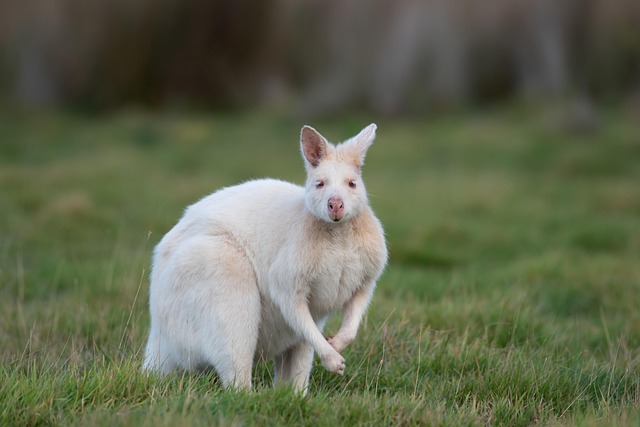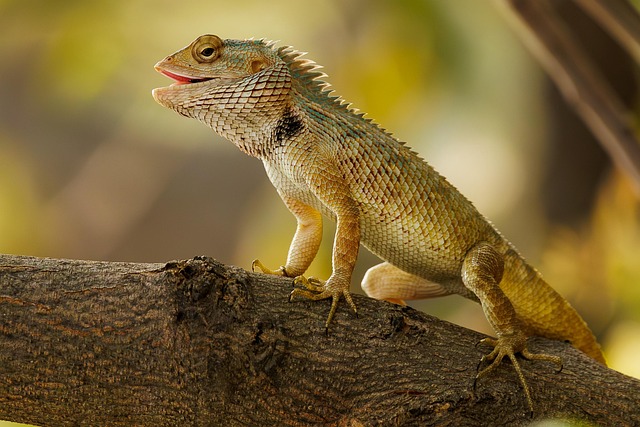
The Wonders of Reptile Genetics: Exploring the Mysteries of Nature
The world of reptiles is nothing short of mesmerizing, especially when we delve into the intricate web of genetics that defines their existence. Genetics, the very code of life, plays a pivotal role in shaping not only the appearance and behavior of these fascinating creatures but also their survival strategies in the wild. As we explore the wonders of reptile genetics, we uncover a rich tapestry of life that can inspire both awe and curiosity.
Imagine walking through a dense jungle, where the sun filters through the leaves, revealing brilliantly colored snakes and lizards hiding in plain sight. Each vibrant hue is the result of complex genetic variations that have evolved over countless generations. The stunning array of patterns and colors found in reptiles like chameleons, iguanas, and geckos is an evolutionary masterpiece, intricately linked to their biology and environment. These genetic traits are not just for show; they serve crucial purposes, such as camouflage, attracting mates, and signaling danger to predators.
Moreover, the study of reptile genetics allows us to understand the resilience of these creatures in the face of environmental changes. As habitats evolve and new challenges emerge, genetic adaptation becomes essential. For instance, some reptiles have developed unique mechanisms to cope with temperature fluctuations, showcasing the marvels of natural selection at work. By analyzing genetic markers, scientists can track how populations respond to climate change, habitat destruction, and other pressing threats. This intersection of genetics and conservation is vital for preserving these extraordinary species and their ecosystems.
The intrigue deepens when we consider the relationship between reptiles and humans. For enthusiasts and researchers alike, the world of reptile genetics offers not just a window into their fascinating lives but also a means to understand our own connection with nature. Capturing the essence of reptiles through breeding programs, hobbyists have created some of the most stunning morphs, showcasing how selective breeding can amplify unique genetic traits. From the intricacies of ball python morphs to the variety of colors in bearded dragons, these examples of genetic diversity highlight the beauty and complexity of life itself.
In the vast landscape of nature, every reptile tells a story inscribed in their genetic makeup. As we continue to unravel the mysteries of their genetics, we not only satisfy our curiosity but also reaffirm our commitment to preserving the delicate balances of nature. By understanding the genetic underpinnings of reptiles, we can appreciate the rich diversity of life on our planet while fostering a deeper respect for the natural world. So, whether you’re a seasoned herpetologist or simply a nature lover, the exploration of reptile genetics invites you to marvel at the wonders that lie beneath the surface, waiting to be discovered.



